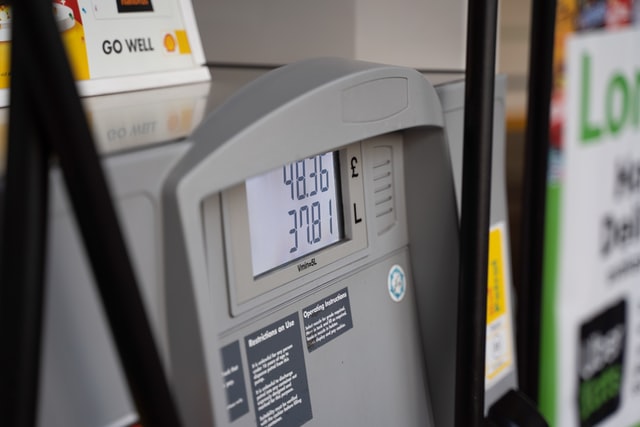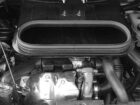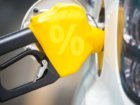Putting the wrong fuel in your car can be a costly mistake but around 150,000 drivers do it every year. The good news is that misfuelling can be resolved, here’s what to do if it happens to you.
What should you do if you put the wrong fuel in your car?
Whether you’ve put diesel in a petrol car or vice versa, the main thing is not to panic. Here’s what you should do instead:
- Don’t start your car — whatever you do, don’t start the engine. If you do, you’ll simply end up mixing both types of fuel which can make it trickier to clean; it can also damage your engine.
- Push your car to a safe place — let the petrol station know what’s happened, put the car into neutral and push it somewhere safe.
- Phone for help — call a garage, mechanic or your breakdown service and let them know what’s happened. They should be able to drain the fuel tank and clean the car’s system.
What happens if you put petrol in a diesel car?
Unfortunately, putting petrol in a diesel car is worse for your engine than putting diesel in a petrol car. That’s because diesel cars use the fuel as a lubricant but petrol is corrosive so it can damage the inside of your engine as it’s not built to withstand petrol.
Not only that, petrol reduces the lubrication of your car’s fuel pump, meaning different components will rub together. This can cause damage and lead to metal particles forming in the fuel.
If you start the car, those metal particles spread and cause damage throughout your car’s fuel system which makes it far more expensive to repair.
Tell-tale signs of petrol in a diesel car:
- The car struggles to start.
- The exhaust emits smoke when driving.
- A noisy engine.
- The car loses power at high speed after about 20 minutes of driving.
- The engine won’t stop once it’s running.
What happens if you put diesel in a petrol car?
Accidentally putting diesel in a petrol car isn’t quite as bad as petrol in a diesel tank but it still needs rectifying quickly.
At worst, misfuelling with diesel just means your car won’t start because the diesel clogs the system. It’s inconvenient but draining the tank should solve the problem.
If there’s only a very small amount of diesel in your fuel tank (5% of the tank’s capacity or less) you might get away with misfuelling. If this is the case, filling the rest of the tank with petrol might be enough to remedy the situation.
Nevertheless, fully draining the tank might be best for the car as it could help you avoid problems later on. In some instances, you might also need to change the fuel filter.
Tell-tale signs of diesel in a petrol car:
- The engine misfires.
- The engine won’t start or cuts out.
- The exhaust emits smoke when you’re driving.
Does insurance cover putting the wrong fuel in your car?
This will depend on the specific policy you have. If your insurer does cover misfuelling, you should contact them when you realise this has happened. Under their terms, they may send someone out to drain the fuel tank or it might be a cost you can claim back from them later .
Bear in mind that not all insurers cover misfuelling (if it’s not included automatically, it might be an optional extra).
Even if your policy does cover misfuelling, there could be restrictions about what you can claim for. Some insurers only cover the cost of draining and cleaning while others will also pay to repair damage. Either way, double check your policy details so you know exactly what’s covered.
Is it really that bad to misfuel your car?
Putting petrol in a diesel car is significantly worse than putting diesel in a petrol car because of the risk of serious damage to parts but it’s obviously wiser not to do either.
Not only does misfuelling potentially damage your car, if it’s not covered by your insurance, it can leave a big dent in your pocket.
How easy is it to misfuel?
It’s probably easier than you think, especially with petrol. Typically, petrol nozzles are slimmer and fit into a diesel tank so if you’re not concentrating, it’s easy to put petrol into a diesel car.
On the other hand, diesel nozzles are usually a little wider so shouldn’t automatically fit into a petrol tank.
There’s an even greater risk of misfuelling if you’ve switched from a diesel to petrol car (or the other way around). If that’s you, it’s a good idea to pay particular attention when you’re at the pumps.
If you want to err on the side of caution and look for policies that cover misfuelling, comparing quotes online is the quickest and easiest way to do that.
At mustard.co.uk, you can compare a range of quotes from leading insurers to ensure you get the cover you need at a price that fits your budget. You can start your quote online or call a friendly, expert member of the team on 0330 022 8814.








